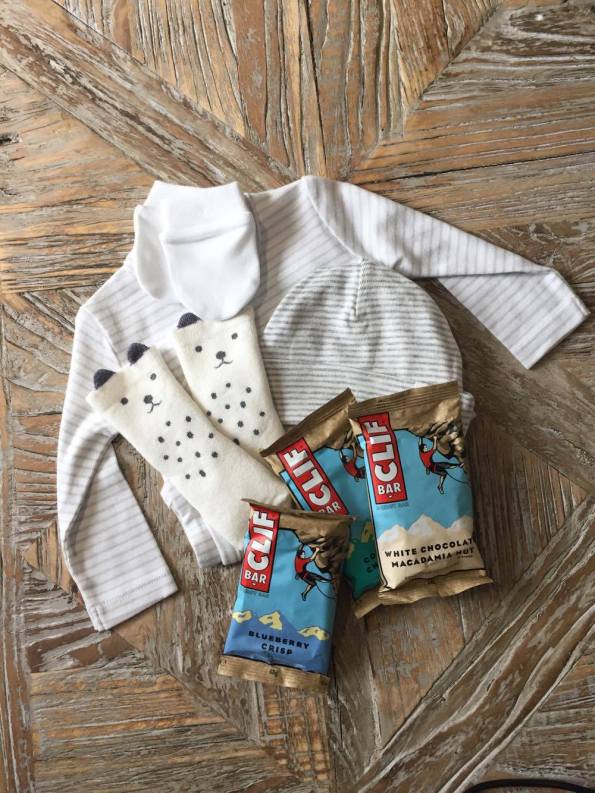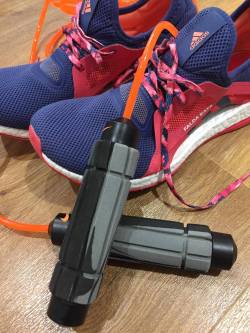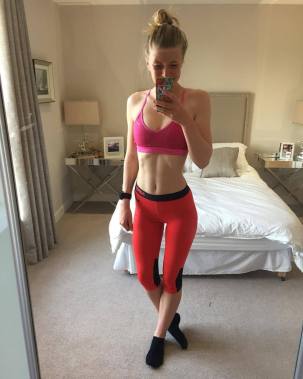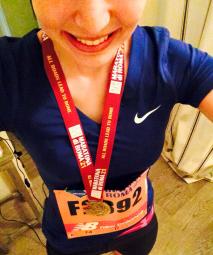Collecting things for and packing my hospital bag has actually been one of the most fun tasks of pregnancy so far…all of a sudden becoming a Mum feels real and in just days we will be putting our bags in the car and getting ready to meet our wee one for the first time.
I have followed various guides on what to pack for the hospital and some of the lists I have found make it sound like I am moving away and not heading a couple of miles to the hospital. However, I have found the NHS guide to be the most useful- check it out here.
Here’s a short list of the essential items I have packed.
For the baby:
- Cellular Blanket
- Cardigan
- Clothes for going home in (including a hat and scratch mittens)
- Muslins
- Nappies
- Baby wipes
For me:
- Pyjamas
- Pack of string vests (M&S)
- Spare Underwear
- Comfortable socks
- A warm cardigan
- An outfit for going home (Comfortable bottoms and loose fitting tops)
- Food – this is really important I was lucky enough to have a range of Clif Bars sent to me to help me get through labour and keep my energy levels up!
- Drinks- Lots of water and some energy drinks
Here’s a wee peek of some of the things I have packed and ready to go …










